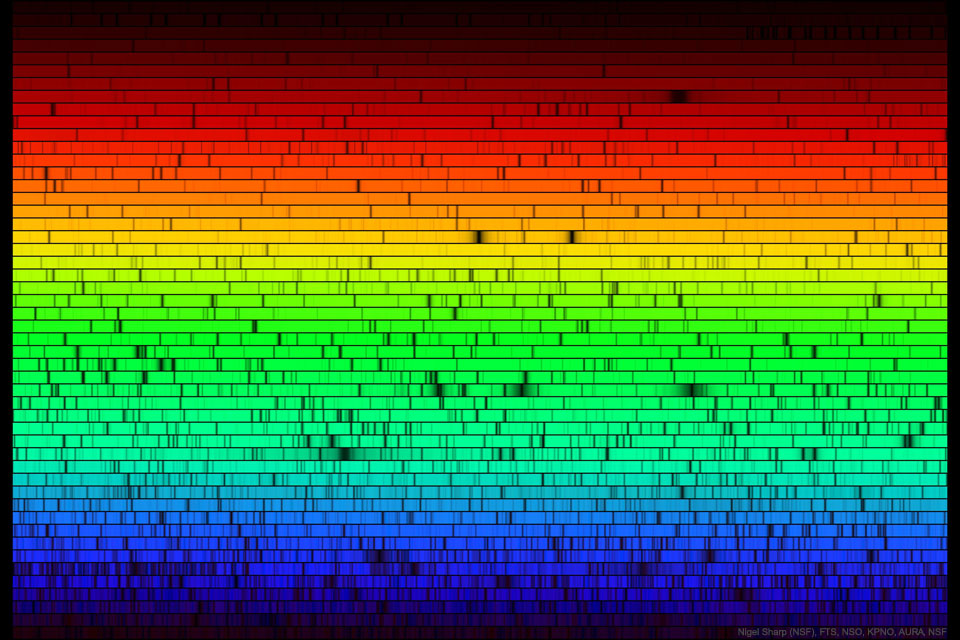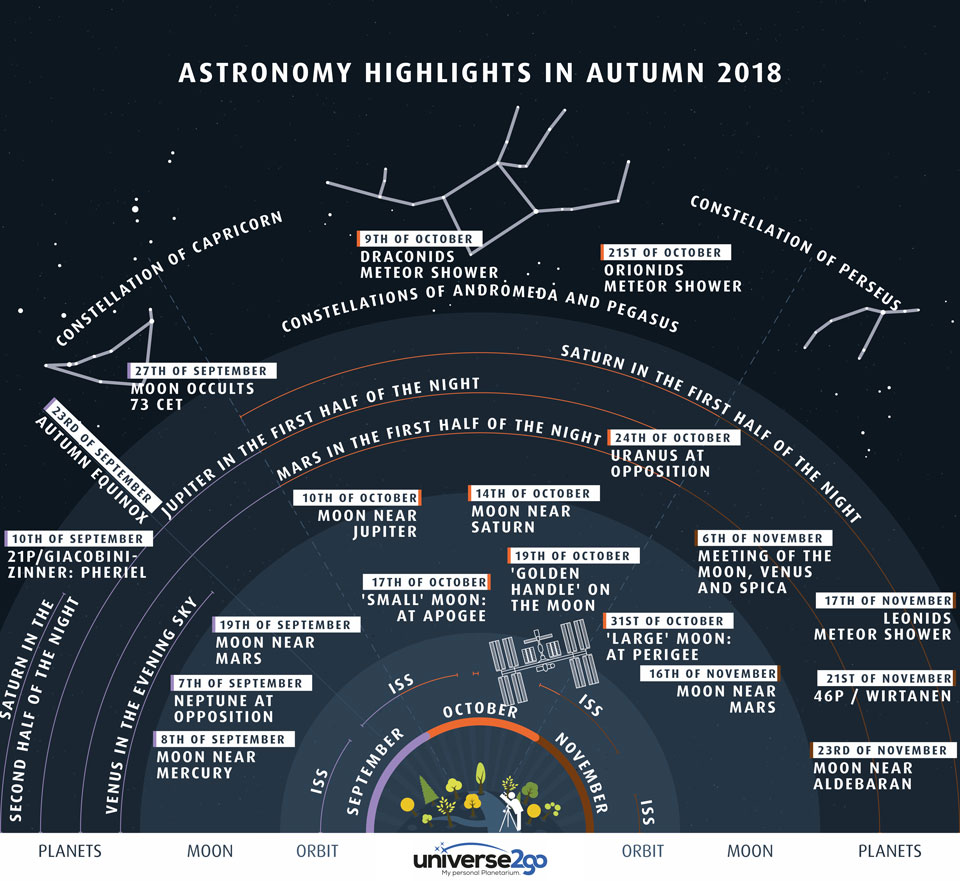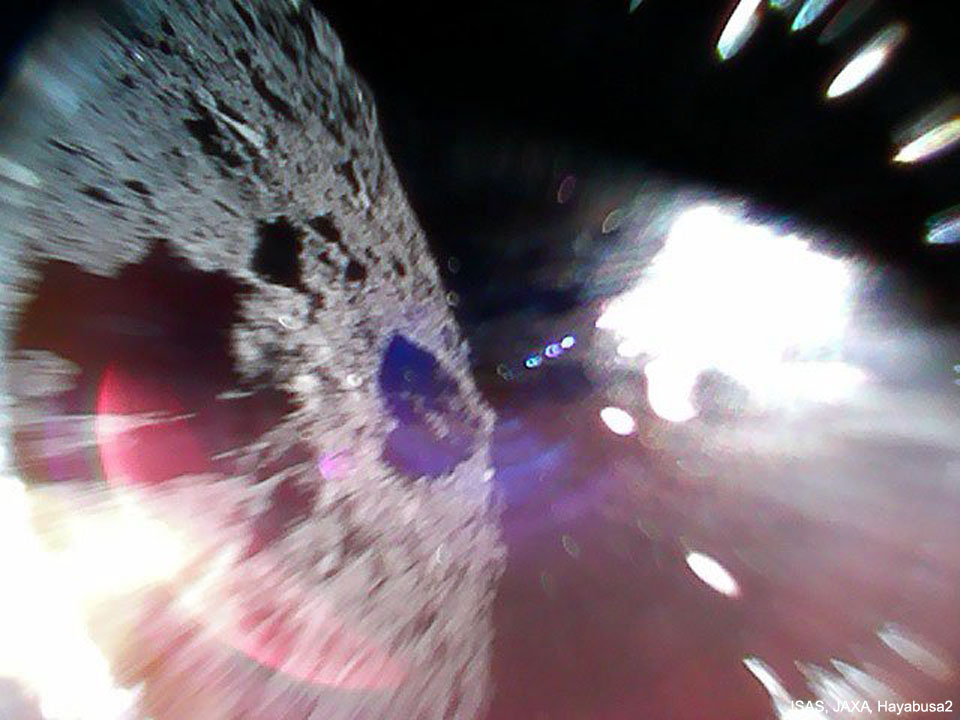Three of the astronauts aboard the International Space Station, including two NASA astronauts, are scheduled to return to Earth on Thursday, Oct. 4.
from NASA https://ift.tt/2NKDX24
via IFTTT![]()
Three of the astronauts aboard the International Space Station, including two NASA astronauts, are scheduled to return to Earth on Thursday, Oct. 4.
from NASA https://ift.tt/2NKDX24
via IFTTT![]()

NASA’s newest class of astronaut trainees will join agency Administrator Jim Bridenstine Thursday, Sept. 27, to talk about their experiences in the training program, hopes for future missions, and more, in a live episode of Watch This Space.
from NASA https://ift.tt/2xQX1Rp
via IFTTT![]()
NASA has awarded a contract extension to the Smithsonian Astrophysical Observatory (SAO) in Cambridge, Massachusetts, to continue operations and science support for the agency’s Chandra X-ray Observatory.
from NASA https://ift.tt/2Q5qQoN
via IFTTT![]()
Five new NASA Earth science campaigns will take to the field starting in 2020 to investigate a range of pressing research questions, from what drives intense East Coast snowfall events to the impact of small-scale ocean currents on global climate.
from NASA https://ift.tt/2ztp63t
via IFTTT![]()

